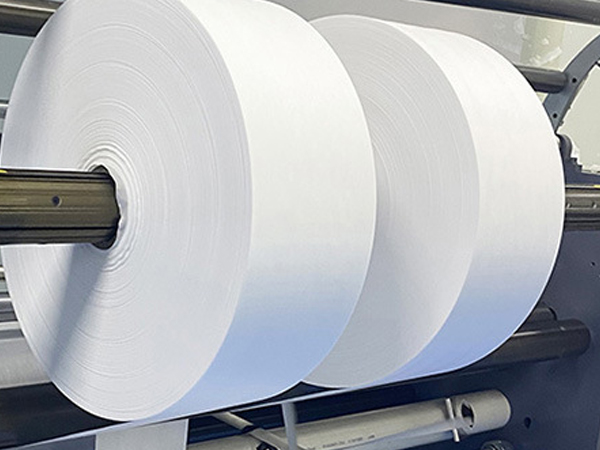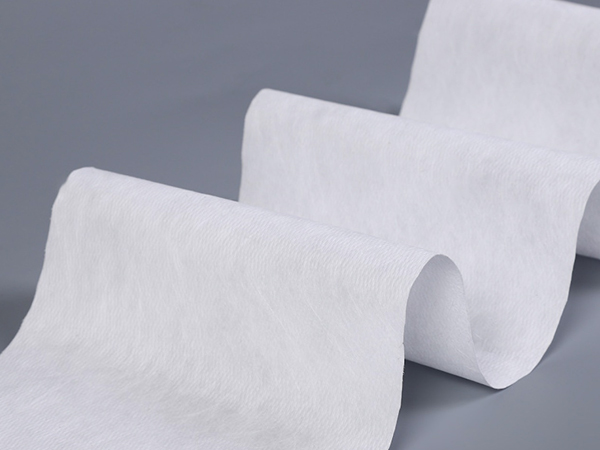- Woodpulp spunlace non-woven fabric: Multi-field applications of new environmental protection materials
- The establishment conference of Guangzhou Modern Textile and Garment New Quality Productivity Research Institute and the Co-construction Conference of Textile Industry Innovation Ecosystem
- Roofing non-woven fabric is a practical protective material for building roofs
- The Yangtze River Delta Textile and Garment Enterprises Exchange Conference was grandly held in Nanjing recently
- Non-woven fabric spunlace wet wipes: A new choice for modern cleaning and care

- Cellphone: +86-13430333258
- Email: qdvictorin@gmail.com
- Address: No.95 Kongquehe Wu Road,Jimo Garment Industrial Park, Qingdao City, Shandong Province, China
First, build laying shelves
Before the roofing nonwoven fabric is laid, it is necessary to build a laying shelf. First of all, we must determine the height of the shelf, the height should be convenient enough for construction operation, but also consider the roof drainage problem. Brackets and beams are then installed and reinforced according to the shape and size of the roof.
Second, lay non-woven fabric
1. Preparation: Cut the non-woven fabric to an appropriate size, taking care not to cut the edge. Then, before laying, the non-woven fabric should be spread flat to avoid wrinkles during the laying process.
2. Laying non-woven fabric: the non-woven fabric is spread on the roof, starting from a corner, gradually spread out and adjust the position of the non-woven fabric. Because the non-woven fabric is relatively thin, it is necessary to pay attention not to step on the operation. If seams are needed, make sure there is enough overlap at the seams to avoid leaks.
3. Feeding: First of all, we must find a good Angle and determine the non-woven feeding line. Then use a pencil or scissors along the lines to cut the non-woven fabric.
4. All around feeding: For corners and dark corners, diagonal and flat lines need to be laid respectively, and then feeding.
Third, fixed non-woven fabric
After the non-woven fabric is laid, it needs to be fixed. Common methods include the following steps:
1. Fixed corners: First of all, the non-woven fabric should be fixed at the edge, and then fixed on the roof with nails or fixed belts.
2. Wire nail fixing: After laying the non-woven fabric, the wire nail is fixed on the purlin, pressing the edge of the non-woven fabric.
3. Plaster fixed: For a large area of the roof, it is necessary to use plaster fixed method. It is necessary to clean the construction interface with a spreader aircraft first, and then use a mixture of cement and sand to fix the non-woven fabric on the roof.
Roofing nonwoven fabric laying is a more important construction work, need to pay attention to the operation details and fixing methods. In the construction, pay attention to safety and standardization, to ensure that the non-woven fabric can be firmly fixed on the roof, play a protective and waterproof role.
Qingdao Victor New Material Co. Ltd is a professional nonwoven products manufacturer located in Shandong, China. The factory founded in 2013, specified in nonwoven related products(Nonwoven fabrics, Spunlace, Wipes, Roofing Nonwoven)from nonwoven fabric to finished products. We have three major product lines, spunbond, meltblown, and spunlace. Qingdao Victor New Material Co. Ltd offer one stop service from design, manufacturing, packaging, and shipping.
- Woodpulp spunlace non-woven fabric: Multi-field applications of new environmental protecti
- The establishment conference of Guangzhou Modern Textile and Garment New Quality Productiv
- Roofing non-woven fabric is a practical protective material for building roofs
- The Yangtze River Delta Textile and Garment Enterprises Exchange Conference was grandly he
- Non-woven fabric spunlace wet wipes: A new choice for modern cleaning and care
- The 2025 Jiangxi Textile and Garment Week and the 6th Jiangxi (Ganzhou) Textile and Garmen
- The practical value of spunlace wipes: A great helper for cleaning in multiple scenarios
- The 9th China Textile Intangible Cultural Heritage Conference illuminated the night of Che
- The tight combination of nonwoven fabric and wet wipes
- The founding conference of the National Digital and Intelligent Textile Industry-Education

